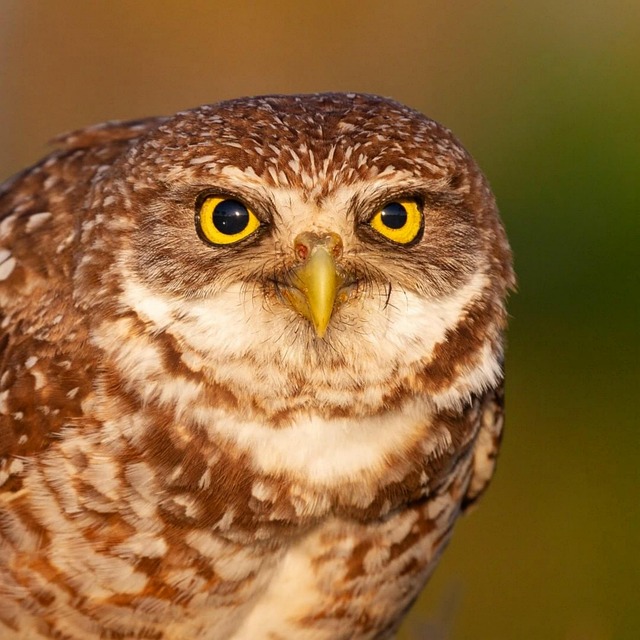
Meet the Barred Owl
The barred owl, or as I like to call it, the Hoot Owl (because who doesn't love a good nickname?), is a fascinating creature native to eastern North America. Think of it as the wise old sage of the forest, but with a slightly more mischievous glint in its eye. With its distinctive brown and gray plumage adorned with dark stripes, this owl is not just a pretty face—it's a skilled hunter and a master of stealth.
Where Do They Live?
Barred owls have a penchant for mature forests, but they’re not picky eaters when it comes to real estate. They’ve expanded their range all the way to the west coast of North America, where they’ve become a bit of an uninvited guest, encroaching on the territories of other birds. You could say they’re like that one friend who shows up to every party, even when they weren't invited. But hey, they do bring the hoots!
What’s Their Style?
With their striking appearance, barred owls are hard to miss. They sport a mix of brown and gray feathers, often resembling a fashionable woodland scarf. Their underbellies are marked with dark stripes that make them look like they just walked off a runway in the animal kingdom. If you think about it, they could probably give some fashion tips to the squirrels.
Nesting Habits
When it comes to nesting, barred owls are pretty traditional. They prefer to raise their young in tree hollows or snags—basically, the cozy little nooks of the forest. It’s like their version of a chic apartment in the city, but with more branches and fewer noisy neighbors. They typically have small broods, which means they’re not going for a reality TV show-style family. Just a couple of owlets to keep things manageable!
Why Should You Care?
Aside from their adorable appearance and impressive hunting skills, barred owls play a crucial role in their ecosystem. They help keep the population of small mammals in check, which is essential for maintaining balance in the food web. Plus, who doesn’t love a good owl sighting? It’s like nature’s way of reminding us that magic exists, even in the most mundane moments.
Final Thoughts
So, the next time you’re wandering through the woods and hear a soft “who cooks for you?” echoing through the trees, take a moment to appreciate the barred owl. They may be a bit of a wanderer, but they’re also a vital part of our natural world. Just remember to keep your distance—these wise creatures prefer to keep their secrets (and their nests) to themselves.



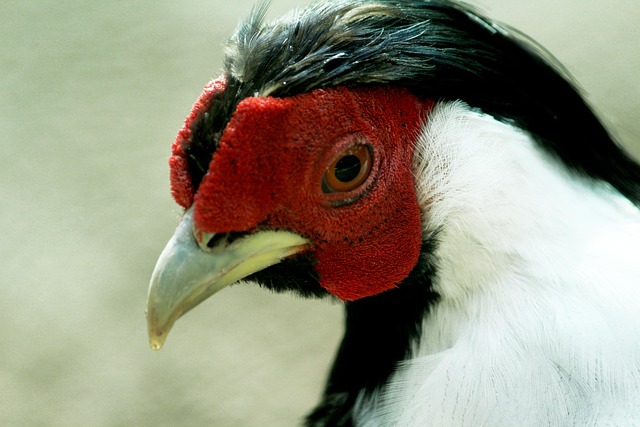


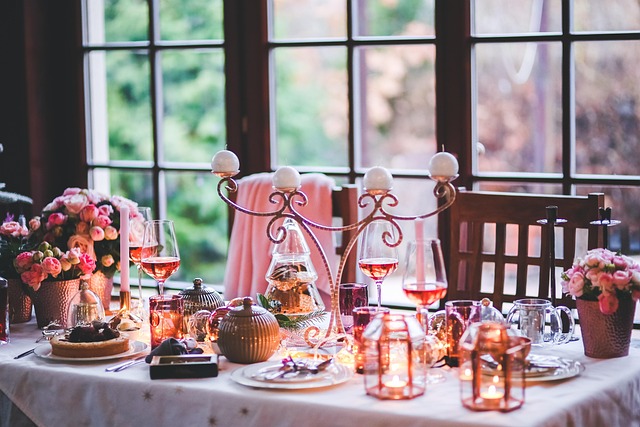










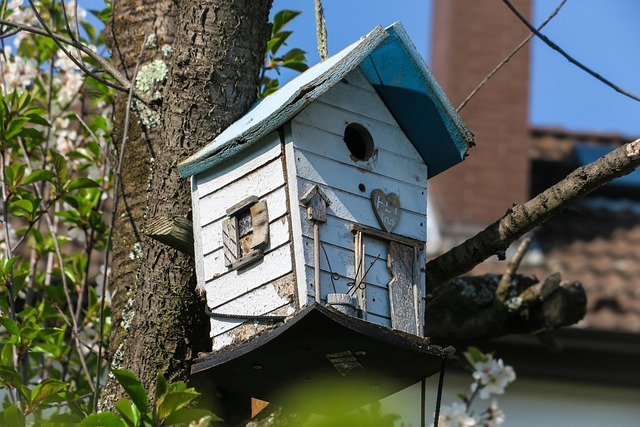
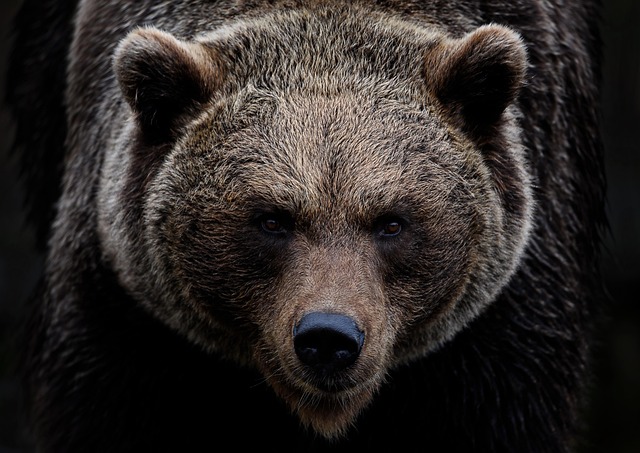

 The EU Succession Regulation Brussels IV
The EU Succession Regulation Brussels IV 
 Health
Health  Fitness
Fitness  Lifestyle
Lifestyle  Tech
Tech  Travel
Travel  Food
Food  Education
Education  Parenting
Parenting  Career & Work
Career & Work  Hobbies
Hobbies  Wellness
Wellness  Beauty
Beauty  Cars
Cars  Art
Art  Science
Science  Culture
Culture  Books
Books  Music
Music  Movies
Movies  Gaming
Gaming  Sports
Sports  Nature
Nature  Home & Garden
Home & Garden  Business & Finance
Business & Finance  Relationships
Relationships  Pets
Pets  Shopping
Shopping  Mindset & Inspiration
Mindset & Inspiration  Environment
Environment  Gadgets
Gadgets  Politics
Politics 